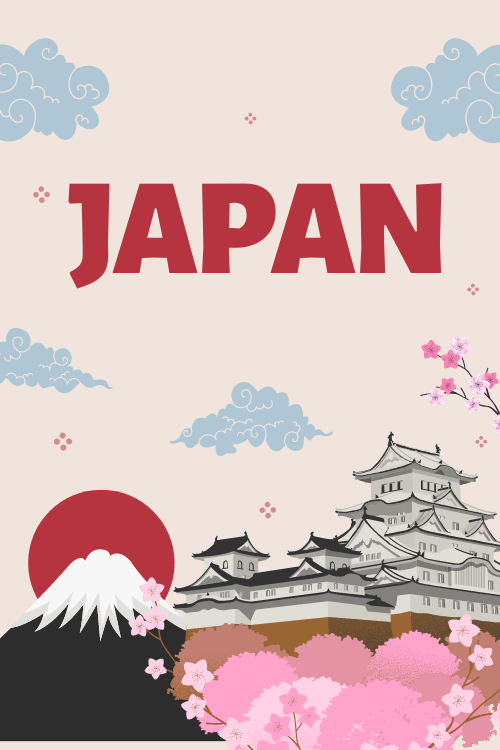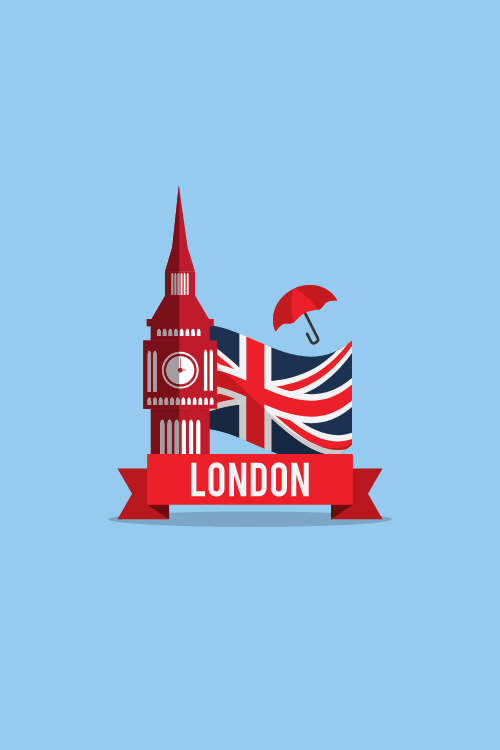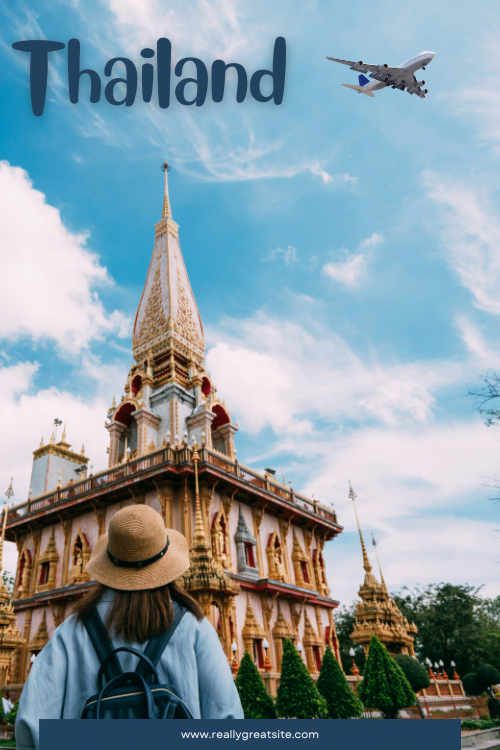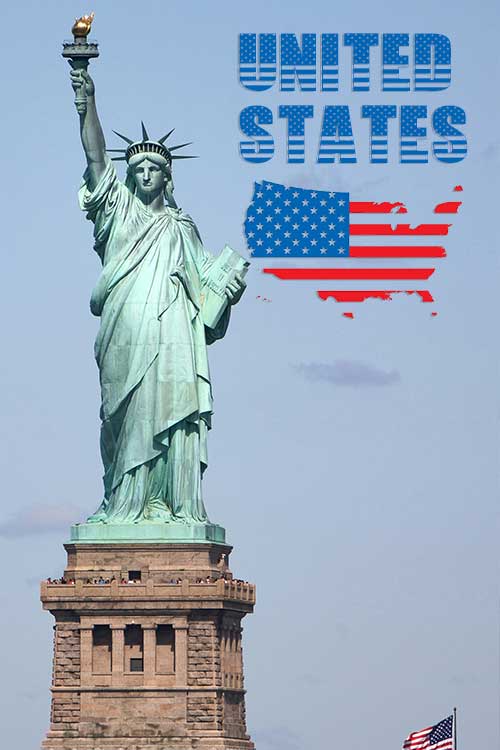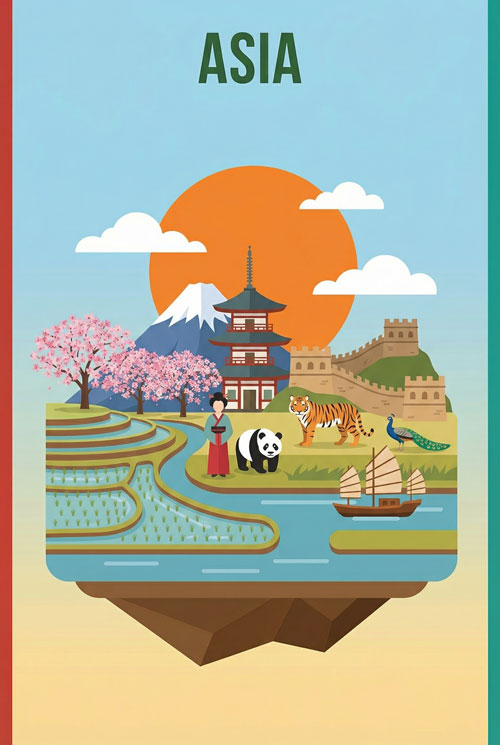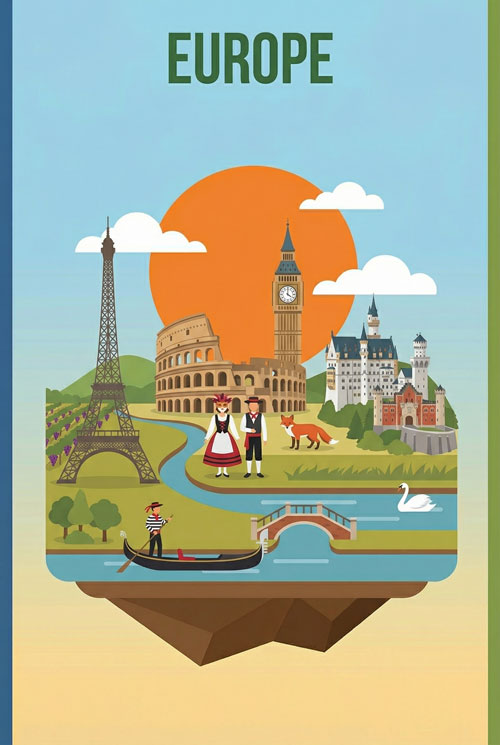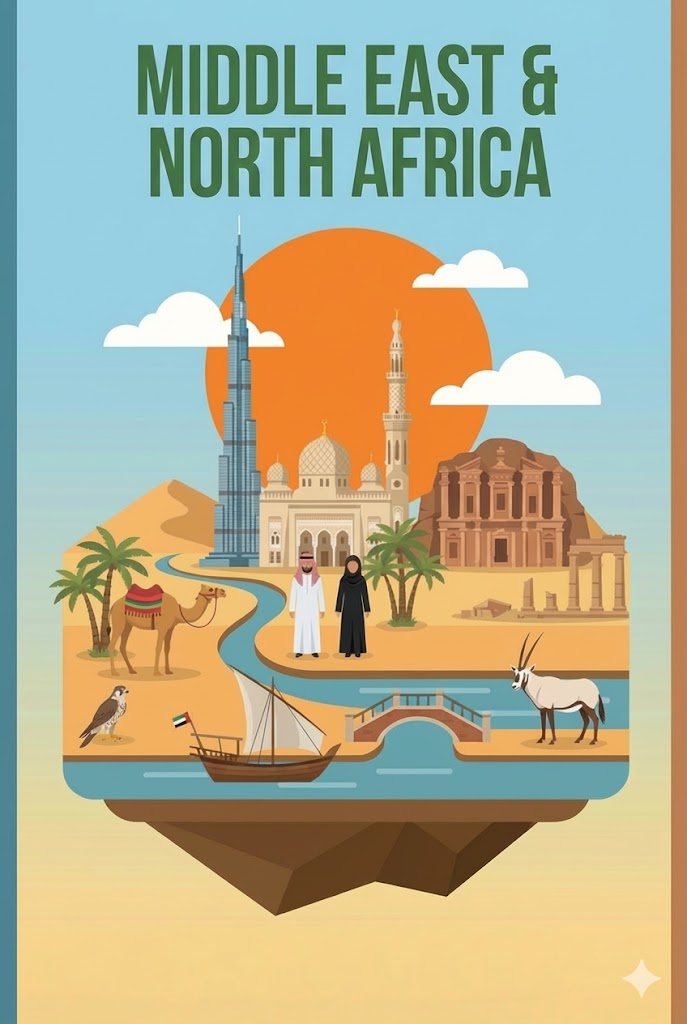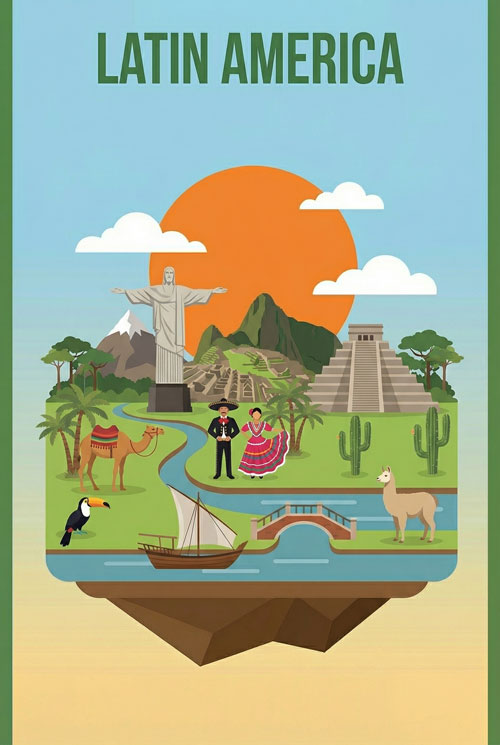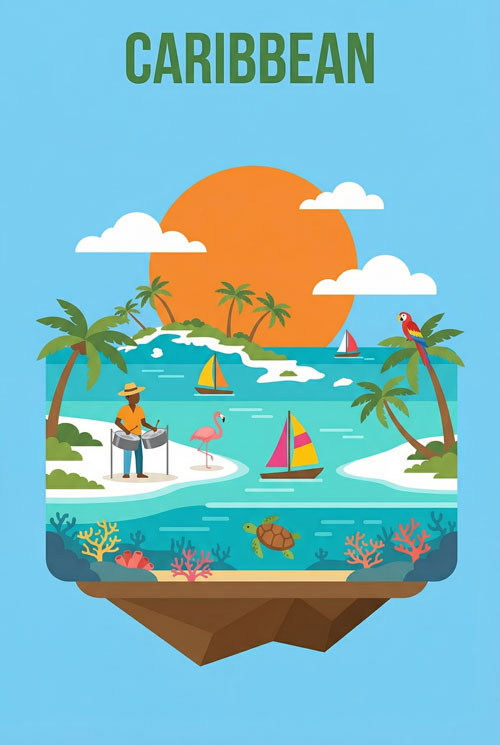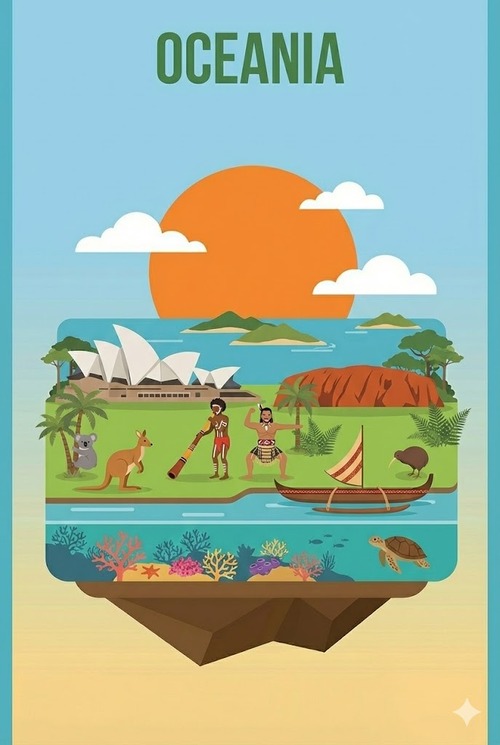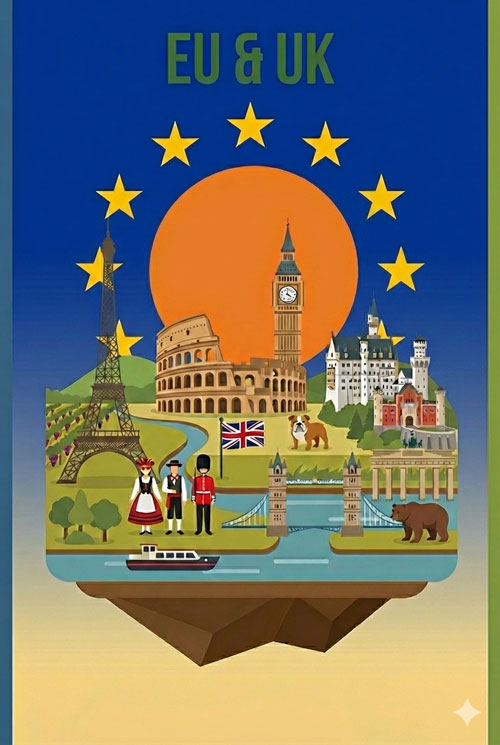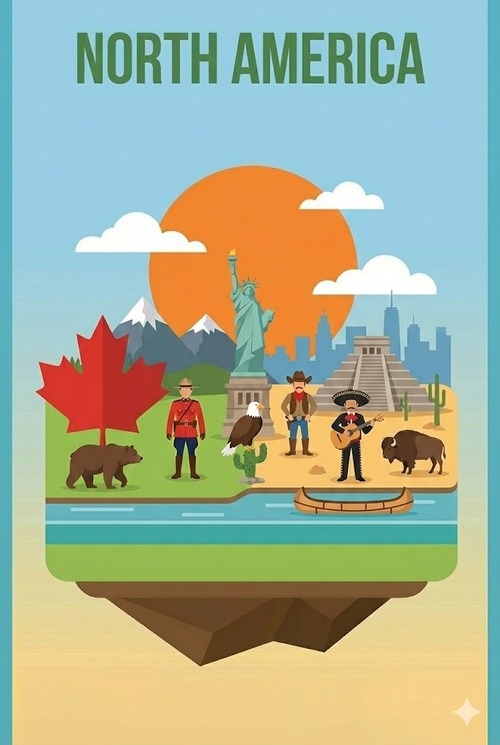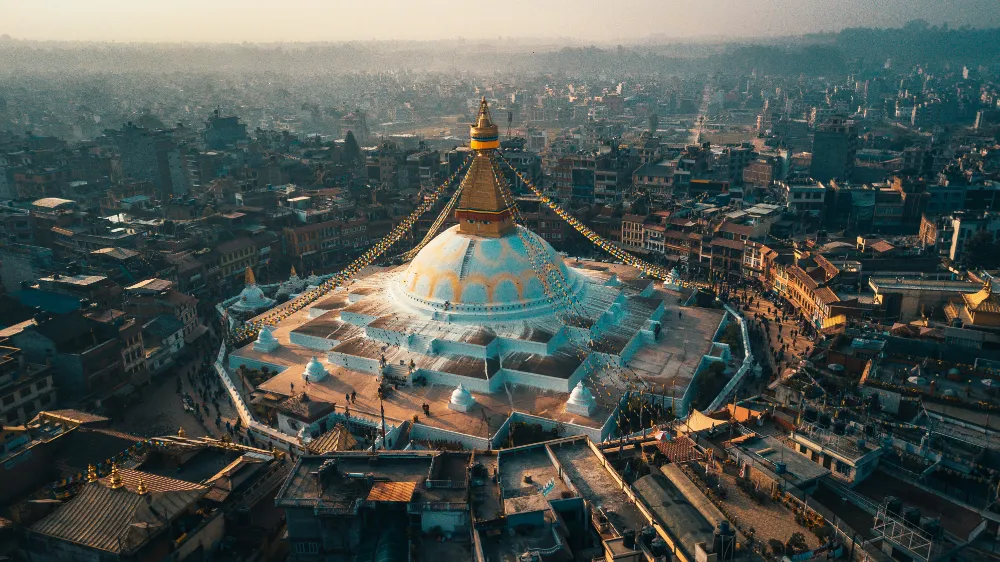eSIM Nepal
Best Time to Visit Nepal: Your Month-by-Month Planning Guide
The best times to visit Nepal depends on what you actually want to do there. If you’re dreaming of trekking to Everest Base Camp with crystal-clear mountain views and excellent weather, October through November is your answer, though you’ll pay 30 to 60 percent more for flights and hotels and share the trails with thousands of other hikers.
If you want to balance decent weather with fewer crowds and lower prices, March through May works beautifully, with temperatures between 59 and 82 degrees Fahrenheit and hotels running 25 to 40 percent cheaper than peak season.
But here’s what most travel guides skip over: Nepal is actually visitable year-round, and offseason months like January, July, and August unlock completely different experiences at dramatically reduced costs.
The key is matching the season to your priorities, your budget, and what you’re actually prepared to handle.
Stop Overpaying in Roaming Fees (Or Wasting Time Hunting for Local SIM Cards)
Overseas travel often means choosing between outrageous roaming charges or scrambling for local SIM cards the moment you land.
One drains your budget. The other steals time away from your holiday.
Smart travelers are now switching over to eSIMs.
eSIMs give you data at a fraction of the cost of what your telco charges for roaming and most modern phones have eSIM technology set up – (although you’ll need to check your phone’s compatibility here).
How eSIM4.com Works:
- Step 1: Pick your destination and data plan
- Step 2: Scan our QR code (takes 3 minutes)
- Step 3: Land overseas with instant local network access
No queues. No tiny plastic cards. No bill shock.
Just seamless, affordable data from the moment you land.
Stop letting phone companies raid your travel budget. Join the smart travelers who’ve already switched.
Get Your eSIM NowNepal’s Climate: Understanding the Four Seasons
Nepal sits in a tricky spot between the Indian subcontinent and the Tibetan plateau, so the weather is more complicated than “it’s either rainy or dry.” The country experiences four distinct seasons, each bringing very different conditions depending on where you are.
Dry Season (October–February)
From October through February, dry season dominates. This is when the rain stops and the air clears. You get sunny days, stable weather, and excellent visibility for mountain views.
Temperatures in Kathmandu during this window hover between 41 and 59 degrees Fahrenheit during the day, though nights get chilly. At higher elevations in the Himalayas, it gets significantly colder, sometimes dropping below freezing.
This is also when Nepal weather becomes most predictable, which is why it appeals to so many travelers.
Spring Season (March–May)
March through May brings spring. The rhododendron flowers bloom across the hillsides, temperatures warm up to 59 to 82 degrees Fahrenheit depending on elevation, and the air remains clear before the monsoon arrives.
This season strikes a balance that many travelers prefer.
Monsoon Season (June–September)
June through September is monsoon season. Heavy rainfall pounds the region, particularly from June through August.
Here’s the thing though: the monsoon is not actually a deal-breaker for travel, despite what you might read. Yes, it rains, but usually in concentrated bursts early in the morning or at night. Daytime city activities remain totally viable.
The rain does make high-altitude trekking risky due to landslides and cloud cover, but lower elevation treks can still happen. Hotel prices drop 40 to 50 percent during these months, and crowds disappear almost entirely.
Quick Reference: Month-by-Month Comparison
| Month | Temperature | Crowds | Hotel Costs | Best For | Trekking |
|---|---|---|---|---|---|
| January | 50°F days / 40s°F nights | Very Low | $20-30 | Photography, culture, budget | Limited (snow at altitude) |
| February | Mid-50s°F | Very Low | $20-30 | Photography, culture, budget | Limited (snow at altitude) |
| March | Low-mid 60s°F | Low-Moderate | $30-50 | Flower blooms, reopening trails | Opening up |
| April | 70-75°F | Moderate-High | $40-70 | Flower blooms, all major treks | Excellent |
| May | ~80°F (lower elevations) | High | $40-65 | Underrated trekking, fewer crowds | Good (afternoon storms) |
| June | 70-75°F | Very Low | $20-30 | Budget city tourism, workshops | Lower elevation only |
| July | 75°F | Very Low | $15-25 | Solitude, budget travelers, lush scenery | Lower elevation only |
| August | Low-mid 70s°F | Very Low | $15-30 | Budget, cultural tourism, solitude | Lower elevation only |
| September | 70-75°F | Very Low (until end) | $20-35 | Late month sweet spot, improving weather | Late month best |
| October | 60-70°F | Very High | $50-100 | Peak trekking, clear views, festivals | Excellent (crowded) |
| November | 50-65°F | High (early), Moderate (late) | $40-80 (early), $40-60 (late) | Late month deals, still good weather | Excellent |
| December | 45-60°F | Low-Moderate | $30-50 | Budget travelers, lower elevations | Risky at altitude |
Month-by-Month Breakdown
January
January is the coldest month and very dry. Daytime temperatures in Kathmandu reach around 50 degrees Fahrenheit, but nights drop to the low 40s. At altitude, you’re looking at sub-freezing temperatures, which means several popular trekking routes become risky or completely closed due to snow.
Crowds are minimal. Most travelers have left after the December holiday rush, so popular attractions like Boudhanath Stupa and Pashupatinath Temple feel manageable. Hotel rates have dropped to around 20 to 30 dollars per night for decent mid-range places. Flights cost roughly 30 to 40 percent less than October-November prices.
The trekking situation is mixed. The Everest Base Camp trek is technically doable but cold and exposed. Higher passes on routes like the Annapurna Circuit are snow-covered and dangerous. Lower elevation treks around Pokhara work better.
Nepal in January is a fantastic time for city-based experiences, photography of clear skies, and cultural exploration without the crowds. Visit Durbar Square, take a sunrise hike to Nagarkot, or explore the Kathmandu Valley’s temples without fighting through tour groups.
February
February feels similar to January but slightly warmer. Daytime highs in Kathmandu reach mid-50s Fahrenheit. The sky remains mostly clear, which is why it’s a photographer’s favorite month. Crowds stay low, and prices remain cheap.
Trekking routes remain partially closed at higher elevations due to snow, though the Everest Base Camp trek becomes slightly more accessible than in January. The Terai region in southern Nepal becomes increasingly appealing in February since lowland areas warm up nicely while mountain snow persists at altitude.
This month works well for budget travelers, cultural enthusiasts, and photographers who don’t mind the cold. You get to experience Nepal’s cities and lower-elevation areas with minimal crowds and maximum savings.
Book your accommodations well in advance though—even budget hotels get limited availability on weekends.
March
March is the gateway to spring. Temperatures start climbing toward the low to mid-60s Fahrenheit. The rhododendron blooms begin, painting hillsides with pink and red flowers. Snow starts melting at higher elevations, making more trekking routes passable, though some remain sketchy.
This is when the crowds begin to return, but they’re still manageable compared to October-November. Hotel prices climb to around 30 to 50 dollars per night, and flight costs tick upward. But you’re still 20 to 30 percent cheaper than peak season prices.
When to trek in Nepal really starts opening up in March. The Everest Base Camp trail becomes increasingly safe. The Annapurna Circuit starts welcoming hikers again. The Kathmandu Valley trails are perfect. The weather is warm enough to be comfortable but cool enough that hiking doesn’t feel like torture.
Non-trekkers will love the flower blooms—visit Nagarkot or Changunarayan for views of rhododendron forests.
April
April is widely considered one of the best months for Nepal travel. Temperatures reach 70 to 75 degrees Fahrenheit during the day, humidity remains low, and skies stay mostly clear. The rhododendron bloom peaks, making this the most visually stunning month.
Crowds start noticeably increasing, especially around Easter if the holiday falls in April. Hotel rates climb to 40 to 70 dollars per night. Flight prices rise 15 to 25 percent from March levels. It’s still cheaper than October-November, but you’re clearly entering busy season.
All major trekking routes are now open and safe. The Everest Base Camp trek is operating at near-peak capacity. The Annapurna Circuit, the Manang Circuit, the Langtang trek—everything is accessible. This month attracts maximum trekking activity outside of October.
For non-trekkers, April offers cultural festivals like Ram Navami in some years, temple visits without extreme cold, and perfect hiking weather.
May
May is the tail end of spring before the monsoon kicks in. Daytime temperatures climb toward 80 degrees Fahrenheit at lower elevations, making higher treks more comfortable. The sky begins getting hazier toward the end of the month as humidity builds.
Crowds reach pre-monsoon peak. Hotel prices stay at 40 to 65 dollars per night. Flights cost nearly as much as June. Tourism starts thinning out only in the last week of May as travelers try to leave before the monsoon hits.
Trekking is still excellent, though afternoon storms start becoming more frequent, especially in the latter half of the month. These storms usually pass quickly and don’t make trekking unsafe, just wet.
May is actually underrated for trekking—you get fewer crowds than April but still good weather. Cultural events vary by year, so check local calendars before booking.
June
June marks the real start of monsoon season. Heavy rainfall arrives, particularly in the first half of the month. The Nepal monsoon season isn’t as dramatic as Indian monsoons, but it’s still significant. Temperatures sit around 70 to 75 degrees Fahrenheit, but everything is wet and clouds are thick.
Crowds essentially disappear. Hotels drop to 20 to 30 dollars per night, sometimes cheaper. Flights become a bargain. This is when travelers who understand Nepal’s seasons swoop in to grab deals.
Here’s the misconception people need to drop: monsoon rainfall is concentrated. You get intense rain in the early morning and evening, leaving much of the day clear. Kathmandu remains walkable. Markets function normally. Temples are still visitable.
High-altitude trekking is problematic due to cloud cover and landslide risk, but lower treks work fine. Many cultural tourists use June for city exploration, cooking classes, pottery workshops, and meeting locals without fighting crowds.
July
July is peak monsoon. Rain is heavier and more frequent than June, though still patterned—mornings and evenings get hammered, afternoons are sometimes clear. Temperatures reach 75 degrees Fahrenheit. Hotels cost 15 to 25 dollars per night. Flights reach their cheapest rates of the year.
This is the loneliest month on the trails. The Everest Base Camp trek, normally packed with thousands daily in October, might have just dozens of hikers. Landslide risk is real on some routes, so staying on well-maintained, lower-elevation trails is important. But if you want solitude and don’t mind rain, July offers unbeatable value.
Non-trekkers will find July surprisingly appealing. Kathmandu is green and lush. Waterfalls are spectacular. Photography of dramatic monsoon clouds is stunning. Museums, galleries, and indoor cultural experiences thrive.
Cooking classes with local families become intimate experiences instead of crowded workshops. If you can handle rain and want to experience Nepal with almost nobody else around, July is gold.
August
August is slightly drier than July but still thoroughly monsoon season. Rain continues, particularly in the first half of the month. Temperatures hover in the low to mid-70s Fahrenheit. Hotel rates stay incredibly cheap at 15 to 30 dollars per night. Flights remain among the year’s best values.
Trekking routes are open but wet. Clouds often cap mountains, so you might do an entire trek and never see the summit. Landslide risk persists on certain routes. But lower-elevation treks like the Jomsom Trek or Pokhara area trails work fine.
August is actually more popular than July among experienced budget hikers who know how to navigate the season.
The August experience leans heavily toward cultural tourism and city life. Use this month for extended Kathmandu explorations, day trips to nearby valleys, meditation retreats, or creative workshops. August is genuinely less crowded than you’d think for a major tourist destination—you might find yourself having conversations with locals instead of other travelers.
September
September marks the transition out of monsoon. Rain decreases toward the month’s end, though early September still sees significant rainfall. Temperatures remain warm around 70 to 75 degrees Fahrenheit. Sky visibility gradually improves, especially after mid-month.
Hotel prices stay low at 20 to 35 dollars per night, though they start creeping upward in late September as October approaches. Flights cost 15 to 25 percent less than October-November. Crowds remain minimal until the very end of the month.
The September trekking situation improves week by week. Early September remains similar to monsoon travel—risky at higher elevations due to cloud and rain. By mid-to-late September, popular routes become increasingly viable. Late September actually offers a sweet spot: low crowds, improving weather, and increasingly affordable prices as you move toward October.
If you want to trek but avoid crowds, aim for late September.
Culturally, September brings Dashain, one of Nepal’s biggest festivals, usually occurring in late September or early October. This celebration honors the goddess Durga and involves family gatherings, temple visits, and community celebrations. Booking accommodations early is crucial if you want to be there during Dashain.
October
October is the beginning of peak season. It’s when the monsoon truly ends. Temperatures drop to 60 to 70 degrees Fahrenheit. The sky is crystalline clear. This is the month when mountain visibility reaches its absolute best.
Crowds explode. The Everest Base Camp trek goes from minimal hikers in September to literally thousands daily by mid-October. Hotels jump to 50 to 100 dollars per night, double or triple the monsoon rates. Flights cost 40 to 60 percent more than summer rates. Every trekking lodge fills up. Tourist attractions get packed.
But here’s why people accept these crowds and prices: the conditions are objectively perfect for trekking. All routes are open and safe. Views are unobstructed. The weather is stable. October is when professional trekking companies plan their big trips, when photographers show up, when families choose to trek.
Yes, you’re hiking alongside thousands of others on popular routes. But the experience is reliable and the conditions are outstanding.
October also hosts Tihar, Nepal’s most important festival after Dashain, usually occurring in late October or early November. This five-day celebration involves colorful decorations, fireworks, family celebrations, and temple rituals. Experiencing Tihar in Nepal is magical, but book everything months in advance. Hotel availability becomes extremely tight.
November
November is the second half of peak season. Early November still feels crowded and expensive because of Tihar festivals. By mid-November, crowds begin thinning as tourists leave after early-month festivals and as daylight hours decrease.
Temperatures cool further to 50 to 65 degrees Fahrenheit. The sky remains clear. Hotels stay expensive at 50 to 80 dollars per night in early November, dropping to 40 to 60 dollars by month’s end. Flights maintain their high prices through most of November before dropping in December.
Late November is actually the sweet spot within peak season for many travelers. The weather is still excellent, crowds have decreased from their October peak, and prices are starting to come down. The Everest Base Camp trail is still busy but not overwhelmingly so.
If budget is a concern but you want decent trekking weather, late November works well.
December
December is the transition month between peak season and winter. Early December feels like an extension of November with continued trekking activity, though many facilities start closing down as December progresses. Temperatures cool to 45 to 60 degrees Fahrenheit. Hotels drop to 30 to 50 dollars per night. Flights finally become more affordable, though holiday travel around Christmas and New Year’s causes another price spike.
High-altitude trekking becomes riskier in December due to snow, though lower routes remain viable. The Everest Base Camp trek is still doable but cold and less comfortable. Some lodges at higher elevations close for the season. The Annapurna Circuit becomes extremely cold over high passes.
Early December is great for budget travelers who don’t mind cooler weather. Mid-December through early January is busy with holiday travelers, so prices spike and hotels fill up. Late December is quieter, affordable, and pleasant for city tourism and lower-elevation activities.
If you’re visiting during December holidays, book early or expect to pay premium prices for limited availability.
Regional Weather and Crowd Variations
Nepal’s geography means weather and crowds vary dramatically depending on where you are. The Kathmandu Valley sits at about 4,300 feet elevation, the Pokhara region sits at 2,000 feet, and the Terai region sits at sea level. Temperature and rainfall differences are significant.
Kathmandu stays coldest but also stays driest. October-November temperatures average 50 to 65 degrees Fahrenheit. The Terai region at sea level stays warmer, averaging 60 to 75 degrees Fahrenheit during the same months. This matters because if you’re not comfortable with cold, spending October in the Terai beats spending it in the mountains. Pokhara sits between Kathmandu and the Terai for temperature.
During monsoon season, the patterns flip. The Terai gets hit harder with more rainfall, making it feel more uncomfortable. Kathmandu experiences lighter rainfall. This is partly why monsoon tourism concentrates around Kathmandu and Pokhara rather than lower elevations. During monsoon season, higher altitude areas actually feel more comfortable than lower areas.
Crowd distribution also varies regionally. October-November sees massive crowds around Kathmandu’s tourist attractions, the Everest Base Camp trail, and Pokhara. But the Terai’s national parks and the far western regions stay relatively quiet even in peak season.
If you want to visit during October but escape crowds, consider heading east to less-visited treks or south to the Terai’s wildlife sanctuaries.
Nepal Travel Costs by Season
Peak season from October through November commands the highest prices across every category. Hotel rates in Kathmandu jump from 20 to 30 dollars per night in June to 50 to 100 dollars per night in October. That’s a 150 to 400 percent markup. Mid-range hotels with decent amenities run 60 to 80 dollars in peak season versus 25 to 40 dollars offseason.
Flight pricing shows similar patterns. A roundtrip from Kathmandu to popular domestic destinations like Pokhara costs roughly 80 to 120 dollars in monsoon season but climbs to 130 to 180 dollars in October-November. International flights into Nepal from major hubs follow similar percentage increases, with 30 to 60 percent markups during peak months.
Trekking costs include guide fees, porter wages, and lodge rates. All three increase during peak season. Guides charge more because demand is high. Lodges increase their rates to capitalize on peak traffic.

